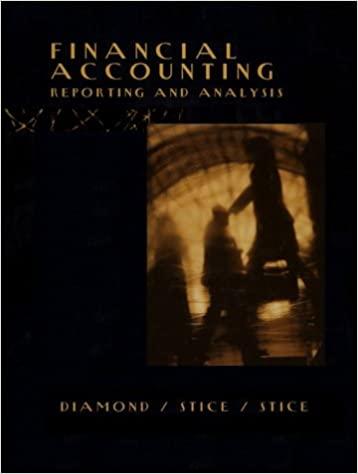Answered step by step
Verified Expert Solution
Question
1 Approved Answer
Abebio Limited is a listed company with a year end of 31 December 2019. A director of the company has a number of questions relating

Abebio Limited is a listed company with a year end of 31 December 2019. A director of the company has a number of questions relating to the application of International Financial Reporting Standards (IFRS Standards) in its financial statements for the year ended 31 December 2019. The questions appear in notes 13.
Note 1 Pending legal cases
At a recent board meeting, we discussed legal cases which customers A and B are bringing against Abebio in respect of the supply of products which were allegedly faulty. We supplied the goods in the last three months of the financial year.
We have reliably estimated that if the actions succeed, we are likely to have to pay out GHS10 million in damages to customer A and GHS8 million in damages to customer B. Also, Abebios legal advisers have reliably estimated that there is a 60% chance that customer As claim will be successful and a 25% chance that customer Bs claim will be successful.
I know we have insurance in place to cover us against claims like this. It is highly probable that any claims which were successful would be covered under our policy. Therefore, I would have expected to see a provision for legal claims based on the likelihood of the claims succeeding. However, I would also have expected to see an equivalent asset in respect of amounts recoverable from the insurance company. The financial statements do contain a provision for GHS10 million but no equivalent asset. Disclosure of the information relating to both of the claims and the associated insurance is made in the notes to the financial statements.
Required:
Given the above facts, discuss the correct accounting treatment of the pending legal cases.
(8 marks)
Note 2 Non-current assets
When I look at the statement of financial position, one of the categories of non-current assets is investment properties and another category is property, plant and equipment in which all other properties are included. Surely, we invest in all our properties, so why do we have two categories for them in the statement of financial position? How do we decide what goes into property, plant and equipment and investment properties?
In addition, a note to the financial statements states that investment properties are measured at their fair values and not depreciated. Dont all non-current assets have to be depreciated over their estimated useful lives? Another note states that property included in property, plant and
3
equipment is measured at cost less accumulated depreciation rather than at fair value. Shouldnt all properties be measured in the financial statements on a consistent basis? Dont you think this is a clear violation of consistency concept?
Finally, I cant immediately see from the financial statements where the gains or losses relating to the measurement of investment properties are included. The profit statement seems to include two main components profit or loss and other comprehensive income. Where would the gains or losses go? Presumably, is the treatment of gains and losses the same for any non-current assets which are measured at fair value?
Required:
Given the above facts, discuss clearly what constitute property, plant and equipment and investment property. You are also required to explain the correct accounting treatment of revaluation gain and loss, and fair value gain and loss. (8 marks)
Note 3 Inventory
Abebio Limited is a retailer of Italian furniture and has five major product lines: sofas, dining tables, beds, closets, and lounge chairs. At December 31, 2019, quantity on hand, cost per unit, and net realizable value (NRV) per unit of the product lines are as follows:
Required:
Product line
Sofas
Dining tables Bed
Closets Lounge chairs
Quantity on hand
100
200
300
400
500
Cost per unit
GHS 1,000 500 1,500 750 250
NRV per unit
GHS 1,020 450 1,600 770 200
Compute the valuation of the inventory of Abebio Limited at December 31, 2019, under IAS 2 using the lower of cost and NRV principle.
Step by Step Solution
There are 3 Steps involved in it
Step: 1

Get Instant Access to Expert-Tailored Solutions
See step-by-step solutions with expert insights and AI powered tools for academic success
Step: 2

Step: 3

Ace Your Homework with AI
Get the answers you need in no time with our AI-driven, step-by-step assistance
Get Started


